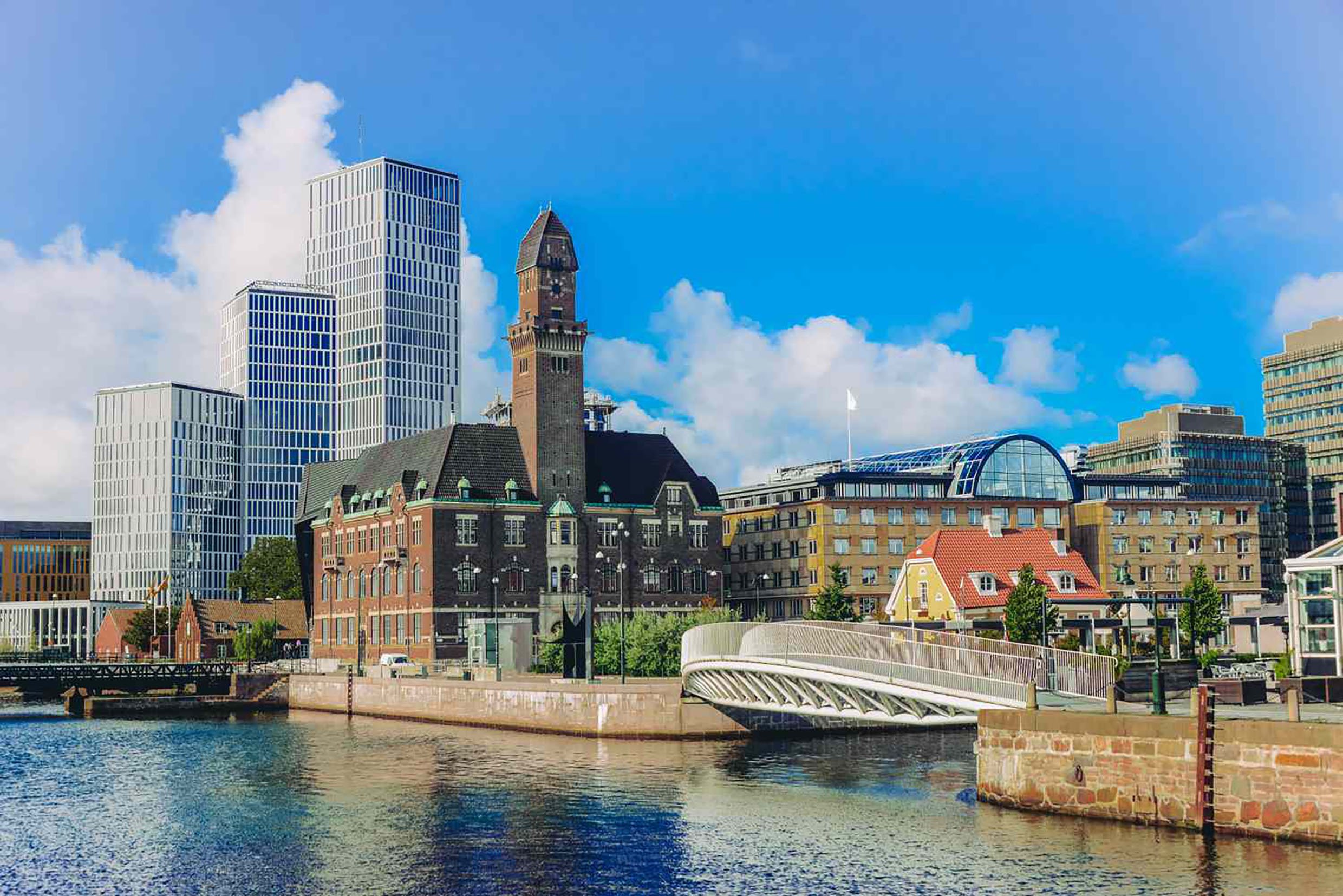 |
| The Oresund Bridge was built to connect Sweden and Denmark. |
Medieval architecture
Malmo is the third largest city in Sweden, after the capital Stockholm and Gothenburg. As a city with a long history, when traveling to Malmo, you cannot miss visiting the ancient castles.
Malmohus Castle was built in 1436 and was completely destroyed during a Skåne uprising. It is the oldest Renaissance castle in Northern Europe and is significant not only to Sweden but also to Denmark.
The castle was built between 1537 and 1542 on the ruins of an old fortress. In the 16th century, Malmohus Castle was the residence of kings and nobles. Today, the castle is an art museum located in the middle of Malmo city. Notably, inside the castle there are 4 museums: the city of Malmo, the Malmo Art Museum, the Malmo Museum of Technology and the Malmo Museum of Natural Sciences .
Along with Malmohus Castle, St. Peter's Church dates back to the 14th century, making it the oldest church in Malmo. The church is famous for its large wooden walls and precious stones from the 17th and 18th centuries. Stepping into the church area, visitors will feel the atmosphere of the medieval period very clearly.
Folkets Park is also known as the oldest public park in Malmo. There are many beautiful natural landscapes around the park, such as colorful flower gardens or clear blue lake areas. In winter, the lake is transformed into a large skating area for visitors to experience.
When traveling to Malmo, the locals will definitely point you to Stortorget Square, which is the heart of the city. Stortorget Square was built in 1530, surrounded by many typical architectural works of the city such as the town hall and the mayor's house.
The ideal time to come to Malmo and stop at Stortorget square is in August every year because at this time there will be many big festivals as well as colorful art exhibitions for you to experience.
Green energy and green lifestyle
Malmo is also one of Sweden's fastest growing urban centres. By investing in renewable energy and promoting energy efficiency, Malmo has demonstrated its commitment to a sustainable future.
In 1998, the city initiated the revitalization of its former industrial areas by building Malmo University, which now educates more than 24,000 students. Two years later, Sweden built the Øresund railway bridge and tunnel connecting Malmo to Copenhagen, restoring Malmo’s economic pulse and opening up new routes for businesses and tourists. The government also held a competition to transform the former industrial port into a residential area: Bo01, also known as “City of the Future.”
Designed by renowned urban designer Klas Tham, Bo01 is the first neighborhood in the world to claim that 100% of its energy comes from renewable sources. Bo01 began as part of the 2001 European Housing Exhibition and served as a prototype to help design the later, famous Vastra Hamnen neighborhood.
The main innovations in this area that make it a “model” are land restoration, solid waste management and green energy use. Abundant rainwater is stored in underground aquifers 70 meters underground. The water is drained through a series of ponds, canals, moss-covered roofs to underground geothermal reservoirs that provide heating in winter and cooling in summer. All this, combined with smart heating, cooling and renewable energy, has helped Bo01 – home to 5,000 people – become the first neighborhood in Europe to achieve zero carbon dioxide emissions.
Malmö’s green energy initiatives have not only reduced the city’s carbon footprint, but have also created new economic opportunities. The growth of the renewable energy sector has created jobs in construction, maintenance and research. The city has also benefited from lower energy costs and improved air quality.
Apart from a few old factories that remain as a testament to Malmo's industrial age, today it is one of the greenest cities in the world and also ranks 7th for openness to cycling. Malmo has become an important high-tech hub in the world and has amassed wealth from technological patents.
One of Malmo’s most notable green energy projects is the Vindkraft Malmo wind farm. Located off the Baltic Sea, the wind farm generates a significant amount of electricity for the city. The project has helped reduce Malmo’s dependence on fossil fuels and contributes to its goal of becoming a carbon-neutral city.
Malmö has also invested heavily in solar energy. The city has installed solar panels on public buildings, schools and homes, generating clean energy and reducing electricity costs. Malmö has also supported community solar projects, allowing residents to invest in solar energy and benefit from the clean energy it produces.
Furthermore, Malmö plays a pioneering role in research and development in the field of green energy. The city has attracted investment from renewable energy companies and supported research projects focused on developing new technologies and improving the efficiency of existing renewable energy systems. Thanks to these efforts, green energy accounts for almost 25% of Malmö’s annual energy consumption, with wind power playing a key role.
A green lifestyle is also strongly promoted in Malmö, which has more than 400km of cycle lanes. According to the authorities, this allows 30% of trips in the city to be made by bike, contributing to a 15% reduction in CO2 emissions. The city also has Europe’s largest biogas plant, which recycles most of its solid waste and converts it into fuel for buses and cars.
Hai Yen
Source: https://baobariavungtau.com.vn/du-lich/202505/malmo-thanh-pho-dang-song-nhat-thuy-dien-1043379/


![[Photo] National Assembly Chairman Tran Thanh Man received a delegation of the Social Democratic Party of Germany](https://vphoto.vietnam.vn/thumb/1200x675/vietnam/resource/IMAGE/2025/10/28/1761652150406_ndo_br_cover-3345-jpg.webp)

![[Photo] Draft documents of the 14th Party Congress reach people at the Commune Cultural Post Offices](https://vphoto.vietnam.vn/thumb/1200x675/vietnam/resource/IMAGE/2025/10/28/1761642182616_du-thao-tai-tinh-hung-yen-4070-5235-jpg.webp)



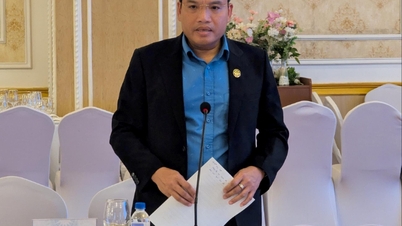



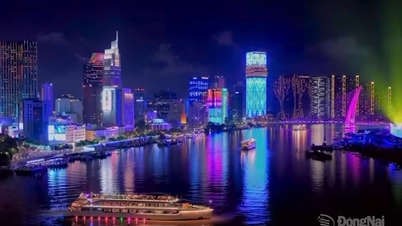

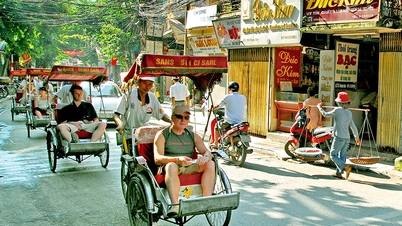

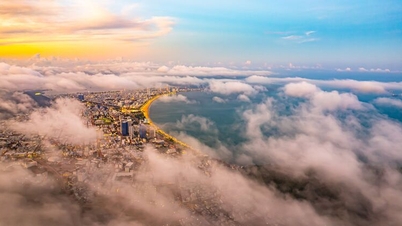







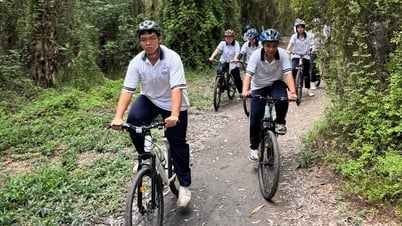





![[Photo] President Luong Cuong attends the 80th Anniversary of the Traditional Day of the Armed Forces of Military Region 3](https://vphoto.vietnam.vn/thumb/1200x675/vietnam/resource/IMAGE/2025/10/28/1761635584312_ndo_br_1-jpg.webp)

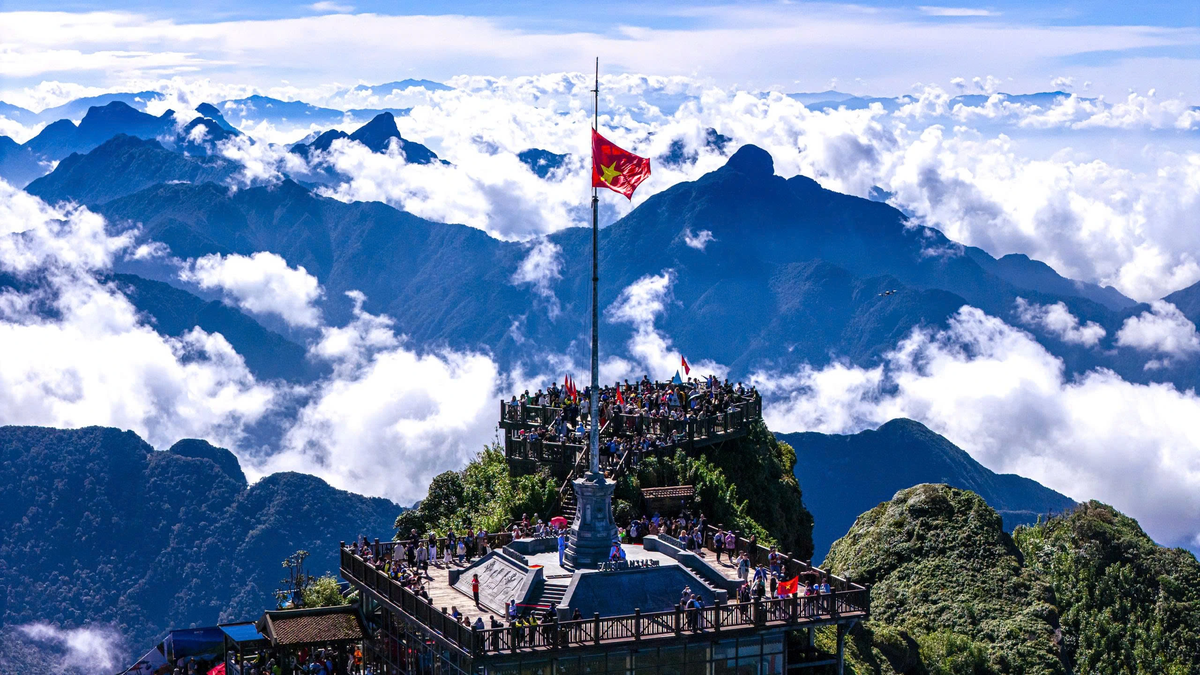
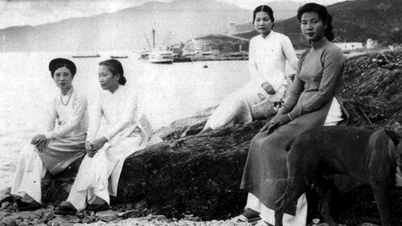

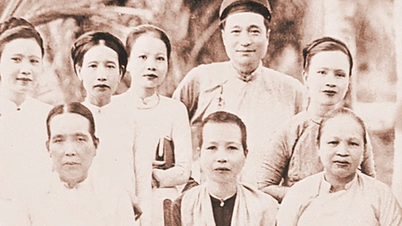
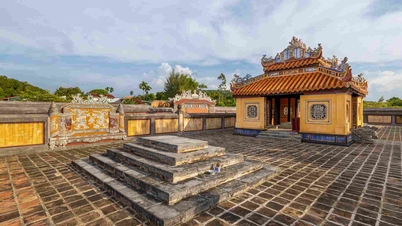



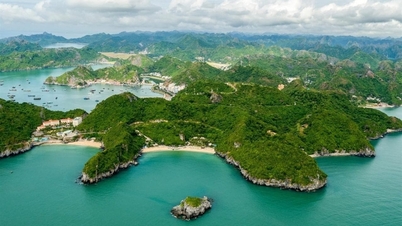

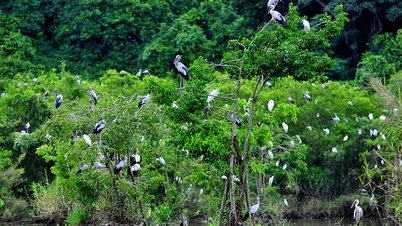












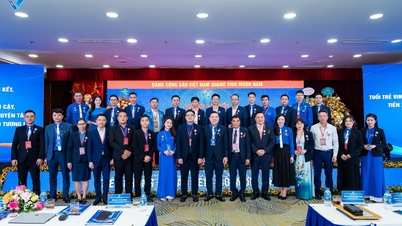




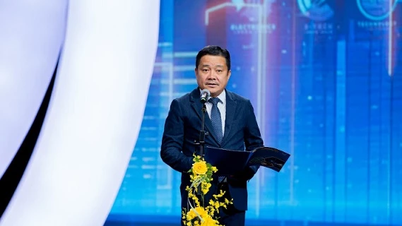



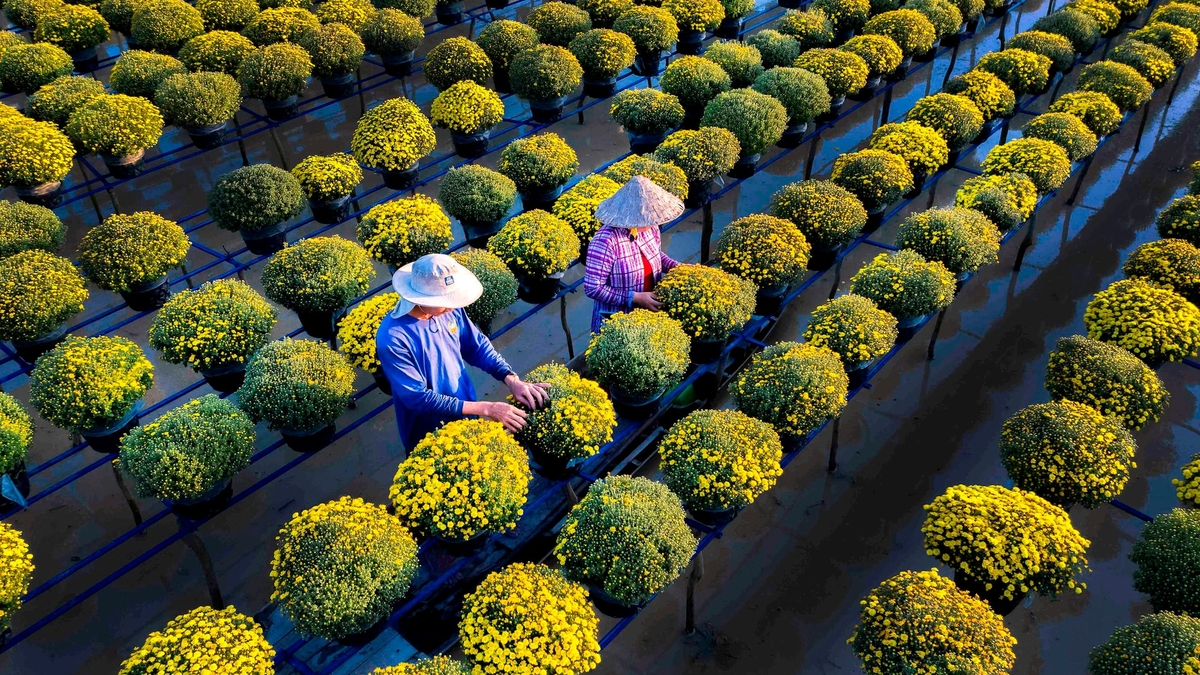















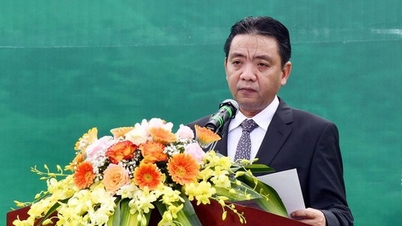
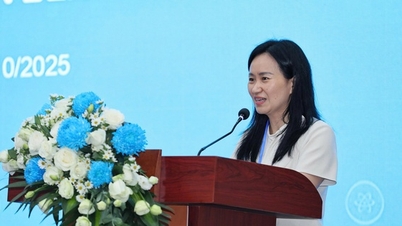

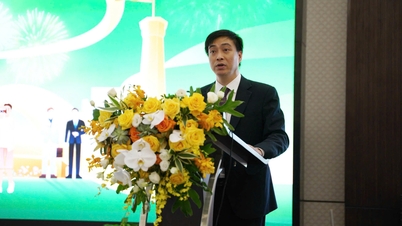







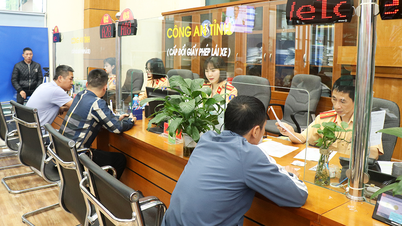

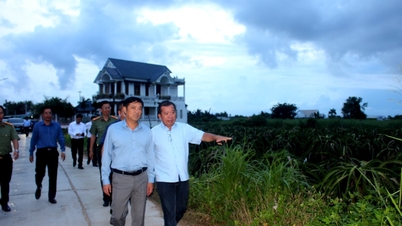
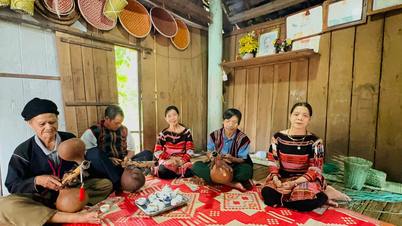















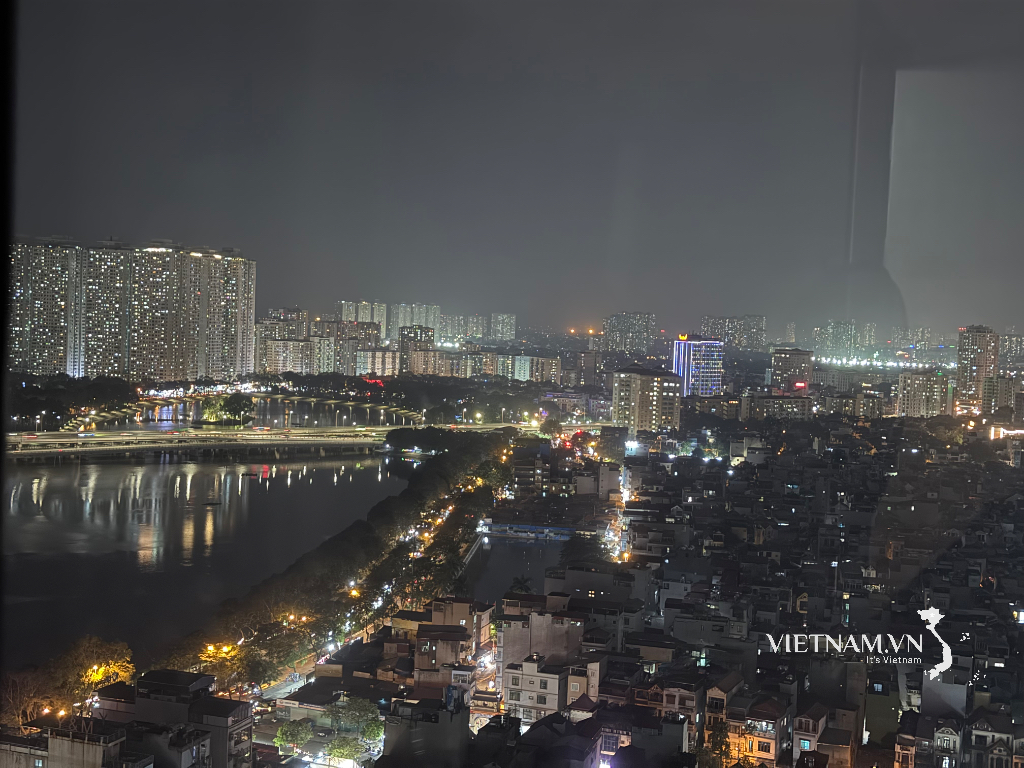
Comment (0)